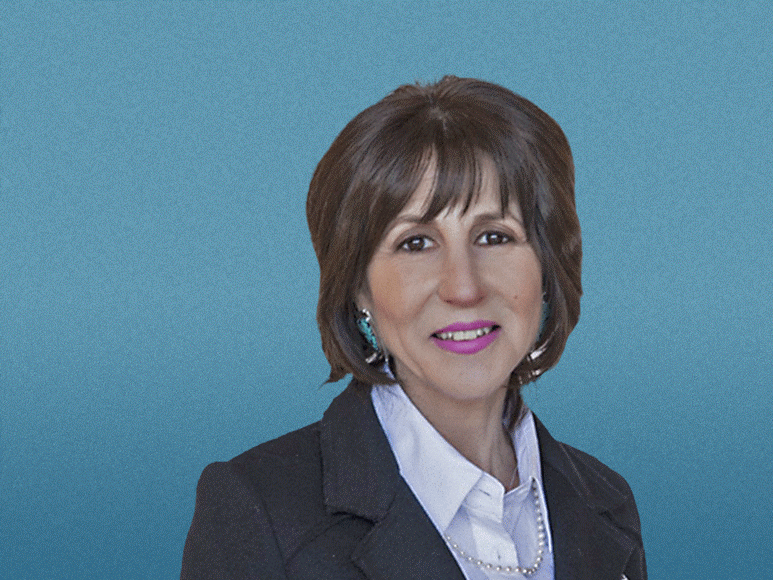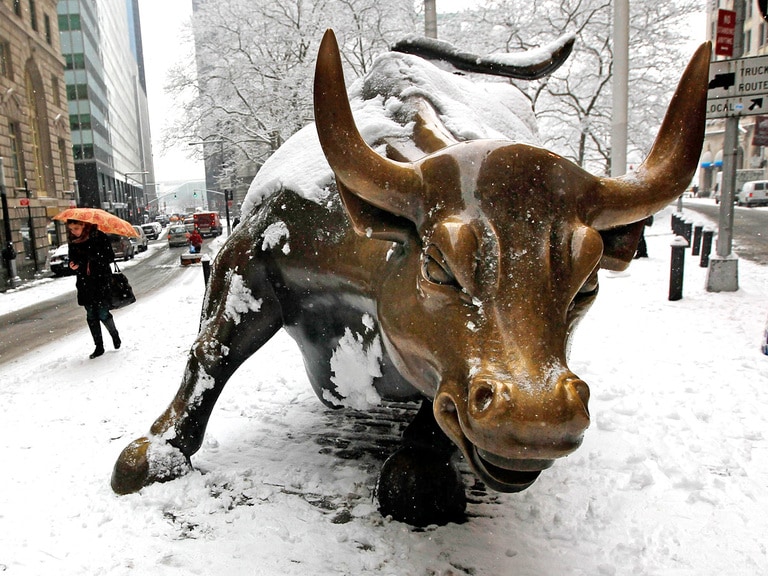As the U.S heads closer to an election amid social unrest, China trade tensions, second wave pandemic concerns and a stalemate in the government regarding more stimulus, the stock market mirrors both fear and hope.
Fear
Amplifying the fear, the Federal Reserve had its last meeting until right after the election on November 3rd. And they took the expected stance citing that low rates are here for at least three more years. Nothing that came out of the meeting soothed the market. In fact, the key phrase by Powell, “There is only so much the Fed can do,” emboldened the bears.
For more from Mish and everything MarketGauge has to offer, check out their website >>
The Fed also reiterated their commitment to let inflation run hot. However, the metrics the Fed uses are out of sync with the reality of what has happened to commodity futures prices. Wheat, corn, soybeans, and hogs, among other agricultural commodities, have soared in the last several weeks. Gold, silver, and gold miners have consolidated near their recent highs. Furthermore, copper, steel, palladium, and aluminum remain poised for further gains. Even oil and coal look like they might have found a bottom.
The U.S Dollar, a huge factor in the commodities run, is under pressure while hanging onto support levels for dear life. Yet strangely, the Fed has said nothing about the impact a falling dollar might have to not only inflation numbers, but also to the consumer and the U.S. economy at large.
Adding to the fear over the spread of COVID-19 accelerating, the British Health Secretary stated he does not rule out the possibility of another nationwide lockdown. This defensive position comes on the heels of the Bank of England commenting that the idea of negative interest rates is on the table.
Can the world and the U.S. print enough money to work their way out of a looming recession?
This is where hope enters the equation.
Hope
A $1-2 trillion stimulus package - that President Trump has signaled support for - is most likely the best catalyst for helping the American people weather the COVID fallout, and would provide even more of a safety net for the economy. The stock market would certainly like to see a stimulus package pass.
It seems highly likely that some form of a stimulus package will pass. The question is, when. Some analysts believe the government is waiting until after the election as 470 seats in the US Congress, 35 Senate seats and all 435 House seats are up for election. Any change in majority to the House or Senate, and to the presidency itself, could shift the likelihood of certain laws being passed one way or another.
Nevertheless, it was Trump who took the unilateral action signing an executive order in early August extending unemployment benefits. It could very well be the case that Trump will try to take more action again if no decision can be reached after the House and Senate take a break on 8 October, (although Nancy Pelosi claims she will not allow a break until a stimulus compromise is reached.)
Regardless, consumer sentiment ticked up to 78.9 versus the estimated 75, with the month prior at 74.1. And that confidence appears to be based on not only the belief a package will be agreed upon, but also that a vaccine will emerge by November.
Yes, the stock market could hold up or even continue to rally. But, at some point, as we are already beginning to see, the market will stagnate (or drop another 10-15%) while commodities will continue to inflate.
A lot rests on what the US Dollar does from here.
What to look for
Since before the pandemic, we have had several market outliers as our best “tell.”
Besides the dollar, we have watched junk bonds (JNK) and high yield corporate grade bonds (LQD). These have been the Fed’s playground. As long as both hold up, we have yet to get too negative on equities. Should that change, there will be a mass exodus out of stocks.
Another outlier is volatility. Currently, the VIX, since the rise in early September, has not indicated great fear. If that changes, we can surmise that the massive debt and money supply bubble gets closer.
Finally, we are watching gold and oil.
Both commodities were the early warning signs for the ‘stagflationary’ period the U.S. has not seen since the mid to late 1970’s. Back then, oil rose on an OPEC embargo and gold rose in reaction to the too-hot inflationary environment. Today, we are a hair trigger away from both exploding to the upside, along with food prices, hence the 2020 brand of stagflation.

Bio
Michele 'Mish' Schneider currently serves as Director of Trading Research and Education at MarketGauge.com. She writes and produces daily market analysis in "Mish's Daily", and serves as a developer and trading mentor in several of our trading services, drawing on her 30+ Years of Trading and Teaching Experience.
Mish is a former floor trader on several New York Commodity Exchanges, including Coffee, Sugar and Cocoa, NYMEX and FINEX in NYC. While on the trading floor Mish also served as a market analyst for two of the largest commodity trading firms at the time - Continental Grain, and Conti-Commodities.
Mish also wrote the best-selling finance book, Plant Your Money Tree; A Guide To Growing Your Wealth.
Disclaimer Past performance is not a reliable indicator of future results.
CMC Markets is an execution-only service provider. The material (whether or not it states any opinions) is for general information purposes only, and does not take into account your personal circumstances or objectives. Nothing in this material is (or should be considered to be) financial, investment or other advice on which reliance should be placed. No opinion given in the material constitutes a recommendation by CMC Markets or the author that any particular investment, security, transaction or investment strategy is suitable for any specific person.
The material has not been prepared in accordance with legal requirements designed to promote the independence of investment research. Although we are not specifically prevented from dealing before providing this material, we do not seek to take advantage of the material prior to its dissemination.
CMC Markets does not endorse or offer opinion on the trading strategies used by the author. Their trading strategies do not guarantee any return and CMC Markets shall not be held responsible for any loss that you may incur, either directly or indirectly, arising from any investment based on any information contained herein.
*Tax treatment depends on individual circumstances and can change or may differ in a jurisdiction other than the UK.
Continue reading for FREE
- Includes free newsletter updates, unsubscribe anytime. Privacy policy






